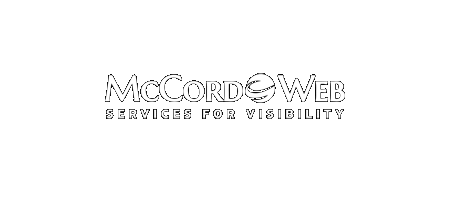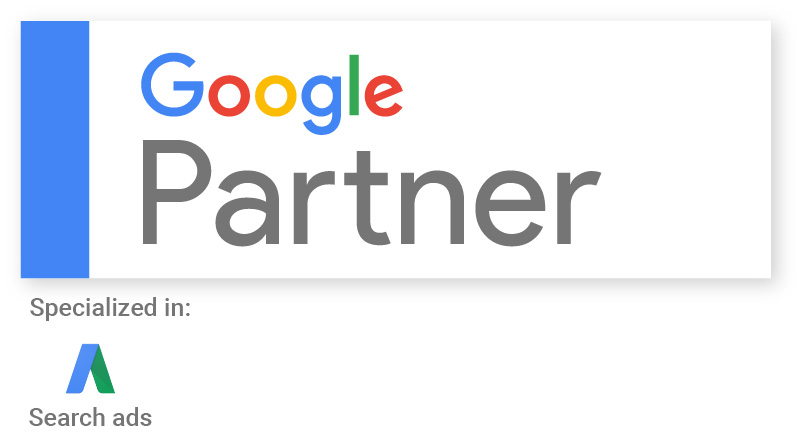We’ve added a new template to our Quick Launch templated web design program. It is called Tropical and you can view it online here. What Quick Launch Web Design Can Do If you need a fast web presence and like one of the website template designs as they are Quick…
-
-
Adobe Drops GoLive for Dreamweaver
I’ve expected this for a while but Adobe made it public yesterday. Adobe has decided to drop GoLive. In an email yesterday Adobe stated that there would be no new development, sales of the product or support for Adobe GoLive. In addition Adobe finally offered an upgrade price to move…
-
Invitation to Google Friend Connect
Are you looking for the link to secure an invitation to Google’s new Friend Connect? We’ve found it http://www.google.com/friendconnect/ The site was broken earlier this morning, but finally Google has the form working so, click our post title complete Google’s form and get in the queue to use these neat…
-
A Parent’s Review of the Outspark Fiesta Game
My kids who are 11 have found this game and are loving it, but from a parent’s point of view is it a good game for kids? If you click my post title you will go to the Outspark game page. My kids like the game called Fiesta. One thing…









